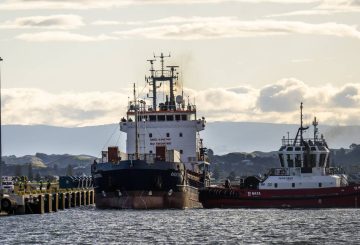Разработка моделей генеративного искусственного интеллекта (ИИ), которые учатся на массивах данных, извлеченных из Интернета, для создания оригинального текста, изображений, видео и многого другого, вызвала растущую озабоченность по поводу плагиата, неэтичного источника данных и культурного присвоения. Хотя эти технологии могут помочь сохранить и возродить языки коренных народов, сбор данных без их согласия может привести к злоупотреблениям, искажению культуры коренных народов и лишению прав меньшинств, говорят эксперты.
Караитиана Тайуру, специалист по этике маори и почетный академик Оклендского университета, сказала: «Данные подобны нашей земле и природным ресурсам. Если коренные народы не будут иметь суверенитета над своими данными, они просто будут повторно колонизированы в этой информации. общество.” Комментарии Тайуру появились после того, как OpenAI обучил своего чат-бота Whisper 680 000 часов аудио из Интернета, включая 1381 час те рео маори.
Организация Объединенных Наций предупредила, что многие языки коренных народов находятся под угрозой исчезновения, унося с собой культуры, знания и традиции. В Новой Зеландии, где язык маори переживает возрождение, правительство стремится к 2040 году иметь один миллион носителей языка. Это означает, что цифровые системы, использующие язык маори, будут развертываться во все большем количестве, сказал Питер-Лукас Джонс, генеральный директор Te Hiku Media. , некоммерческая организация, которая ведет трансляции маори, архивирует и продвигает язык.
Но было «тревожно» видеть, как организация, не принадлежащая к маори, развертывает модель речи с использованием их языка, сказал он. Джонс объяснил, что то, что мы видим с этими крупными моделями ИИ, — это данные, извлекаемые из Интернета без учета какой-либо предвзятости, которая может присутствовать в данных, не говоря уже о любых связанных с ними правах интеллектуальной собственности.
Лидеры коренных народов были возмущены, когда Air New Zealand попыталась зарегистрировать логотип со словами «kia ora», что означает «привет» или «доброе здоровье» на языке маори, что подчеркивает напряженность в связи с попытками кооптировать их язык и культуру внешними группами. Критики предупреждают, что группы коренных народов, которые обычно не участвуют в разработке или тестировании систем ИИ, подвержены риску предвзятости, которая может быть встроена в алгоритмы, в то время как генеративные модели ИИ также могут распространять неверную информацию.
По словам Караитианы Тайуру, данные и знания коренных народов нуждаются в защите. Растет признание необходимости защиты данных и знаний коренных народов, поскольку в 2006 году Всемирная торговая организация наметила меры по обеспечению защиты интеллектуальной собственности для «традиционных знаний и фольклора». Племена, признанные на федеральном уровне в США, могут ограничить сбор данных в своих резервациях. Однако сбор данных «может остаться незамеченным и избежать юрисдикции племени», — сказал Майкл Бегущий Вульф, специалист по этике ИИ и коренной американец, основавший некоммерческую организацию Indigenous in AI.




























































